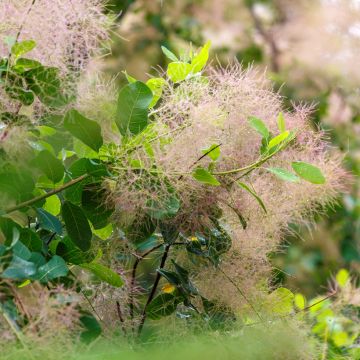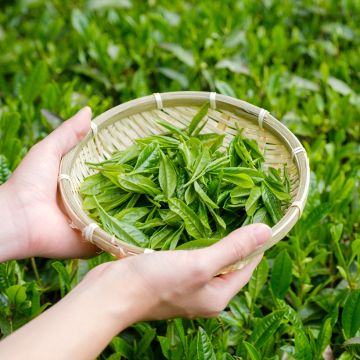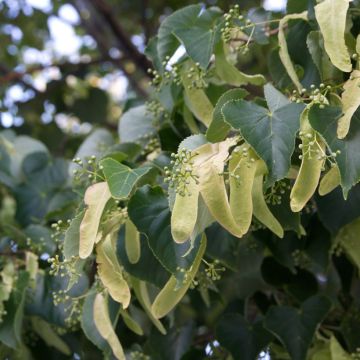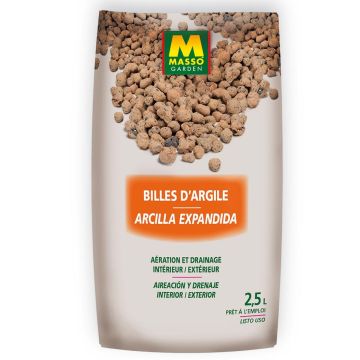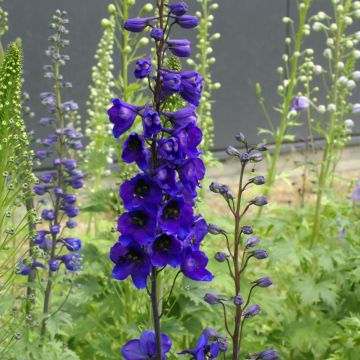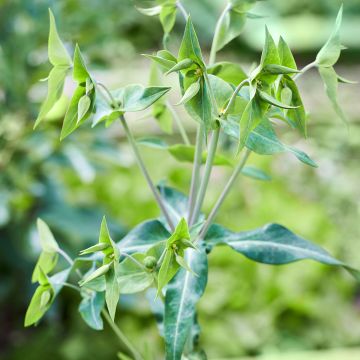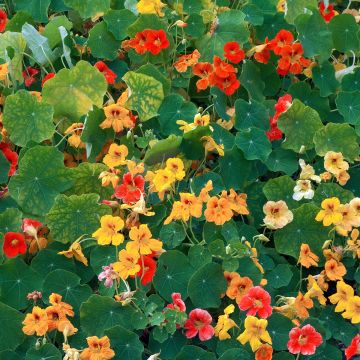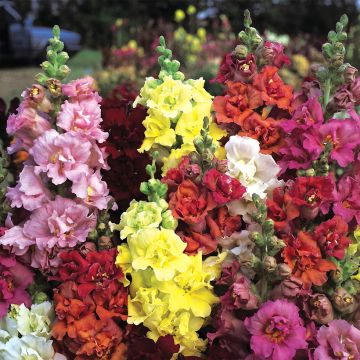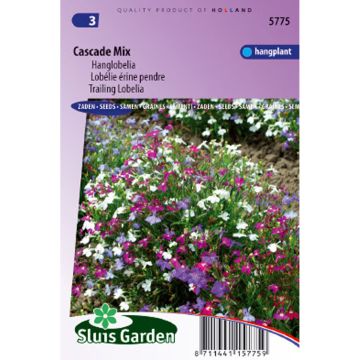

Cotoneaster franchetii seeds - Franchet's cotoneaster


Cotoneaster franchetii seeds - Franchet's cotoneaster


Cotoneaster franchetii seeds - Franchet's cotoneaster


Cotoneaster franchetii seeds - Franchet's cotoneaster
Cotoneaster franchetii seeds - Franchet's cotoneaster
Cotoneaster franchetii
Franchet's Cotoneaster
Special offer!
Receive a €20 voucher for any order over €90 (excluding delivery costs, credit notes, and plastic-free options)!
1- Add your favorite plants to your cart.
2- Once you have reached €90, confirm your order (you can even choose the delivery date!).
3- As soon as your order is shipped, you will receive an email containing your voucher code, valid for 3 months (90 days).
Your voucher is unique and can only be used once, for any order with a minimum value of €20, excluding delivery costs.
Can be combined with other current offers, non-divisible and non-refundable.
Home or relay delivery (depending on size and destination)
Schedule delivery date,
and select date in basket
This plant carries a 6 months recovery warranty
More information
We guarantee the quality of our plants for a full growing cycle, and will replace at our expense any plant that fails to recover under normal climatic and planting conditions.
Would this plant suit my garden?
Set up your Plantfit profile →
Description
Cotoneaster franchetii seeds can be sown to propagate this bush, also known as Franchet's Cotoneaster. Hardy and vigorous, it is valued for its rapid growth, tolerance to repeated pruning, and its more or less evergreen foliage. It is often used to create informal or trimmed hedges, as it provides dense, protective vegetation all year round. Its spring flowering is cherished by pollinators. In autumn, it is adorned with numerous orange-red berries, which remain decorative for several months and attract birds. The seeds should be sown in spring after a three-month cold stratification period.
Native to western China and Tibet, Cotoneaster franchetii, also known as Cotoneaster franchetii var. cinerascens or Cotoneaster amoenus, belongs to the Rosaceae family, like pyracanthas. It thrives on forest edges and rocky slopes, showcasing its resilience in harsh conditions. It develops a bushy silhouette, wider than tall, reaching 3 metres in height and 3.5 metres in spread if left unpruned. Its slightly spreading habit is supported by arching, well-branched branches, initially hairy before becoming smooth and brownish over time. Its foliage consists of small, ovate, pointed, 2 to 4 cm long leaves, matte green on top and silvery downy underneath. It flowers in May and June for several weeks, producing numerous corymbs of 5 to 15 fragrant flowers. These are small, white-pink blooms with five petals, measuring 6 to 7 mm in diameter. In autumn, its round, 6 to 9 mm diameter fruits ripen, adding a splash of colour to the garden while serving as a valuable food source for local wildlife.
Cotoneaster franchetii is a nectar-rich plant, its fragrance attracting bees and other pollinating insects. It is versatile and fits well in shrub borders or windbreak hedges, where it forms an effective barrier against wind and prying eyes. It pairs beautifully with laurustinus, Cotoneaster lacteus, Elaeagnus ebbingei, photinias, or cherry laurel. It can also be planted as a standalone specimen, pruned into a ball to structure a border or mark a garden corner.
Report an error about the product description
Cotoneaster franchetii seeds - Franchet's cotoneaster in pictures
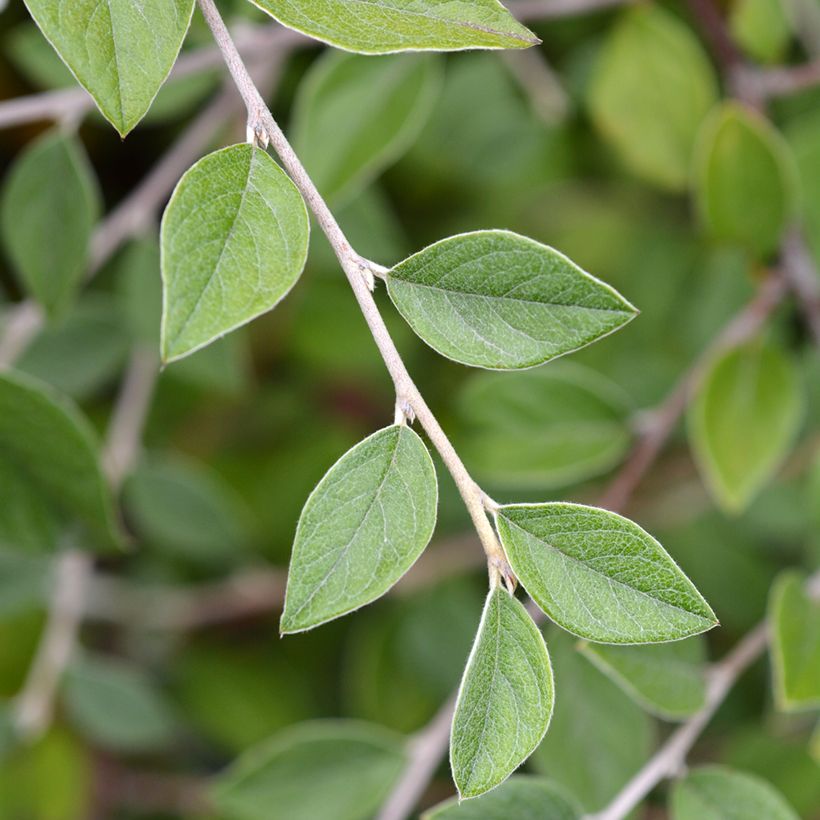

Flowering
Foliage
Plant habit
Botanical data
Cotoneaster
franchetii
Rosaceae
Franchet's Cotoneaster
Cotoneaster franchetii var. cinerascens, Cotoneaster amoenus
China
Other Tree seeds
View all →Planting and care
Cotoneaster seeds have a hard outer shell that can hinder germination. Chemical scarification is recommended, but this is a task for professionals requiring protective measures: goggles, mask, and gloves. This technique involves soaking the seeds in sulfuric, nitric, or hydrochloric acid for 1 to 2 hours, then rinsing them thoroughly in cold water for 10 to 15 minutes. This method breaks down the seed coat to facilitate germination, mimicking the action of birds' gastric juices.
A less hazardous alternative exists: lightly scratch the seed (mechanical scarification, using sandpaper or a file). Then soak the seeds in very hot water (70°C) for a few hours in a thermos flask.
Cotoneaster franchetii seeds have a natural dormancy that requires cold stratification to break. Before sowing, they should be placed in a moist substrate, such as a mix of sand and turf, and stored in the refrigerator at around 4°C for three months. This period simulates winter and promotes germination.
Once stratification is complete, the seeds can be sown in spring in a well-drained substrate. Place the sowings in an area with indirect light and maintain consistent soil moisture without overwatering. The ideal ambient temperature ranges between 18°C and 24°C. Germination may take several weeks, so patience and regular monitoring of substrate moisture are essential. It is advisable to use a light, sandy compost in pots or directly in the ground, with a sowing depth of about 6 mm. The soil should be kept slightly moist without excessive watering.
Young plants should be protected from late frosts and pests during early growth. Once they reach a sufficient size, they can be transplanted into well-drained soil, preferably in a sunny or partially shaded location. Moderate watering and regular weeding will encourage healthy development.
Sowing period
Intended location
This item has not been reviewed yet - be the first to leave a review about it.
Similar products
Haven't found what you were looking for?
Hardiness is the lowest winter temperature a plant can endure without suffering serious damage or even dying. However, hardiness is affected by location (a sheltered area, such as a patio), protection (winter cover) and soil type (hardiness is improved by well-drained soil).

Photo Sharing Terms & Conditions
In order to encourage gardeners to interact and share their experiences, Promesse de fleurs offers various media enabling content to be uploaded onto its Site - in particular via the ‘Photo sharing’ module.
The User agrees to refrain from:
- Posting any content that is illegal, prejudicial, insulting, racist, inciteful to hatred, revisionist, contrary to public decency, that infringes on privacy or on the privacy rights of third parties, in particular the publicity rights of persons and goods, intellectual property rights, or the right to privacy.
- Submitting content on behalf of a third party;
- Impersonate the identity of a third party and/or publish any personal information about a third party;
In general, the User undertakes to refrain from any unethical behaviour.
All Content (in particular text, comments, files, images, photos, videos, creative works, etc.), which may be subject to property or intellectual property rights, image or other private rights, shall remain the property of the User, subject to the limited rights granted by the terms of the licence granted by Promesse de fleurs as stated below. Users are at liberty to publish or not to publish such Content on the Site, notably via the ‘Photo Sharing’ facility, and accept that this Content shall be made public and freely accessible, notably on the Internet.
Users further acknowledge, undertake to have ,and guarantee that they hold all necessary rights and permissions to publish such material on the Site, in particular with regard to the legislation in force pertaining to any privacy, property, intellectual property, image, or contractual rights, or rights of any other nature. By publishing such Content on the Site, Users acknowledge accepting full liability as publishers of the Content within the meaning of the law, and grant Promesse de fleurs, free of charge, an inclusive, worldwide licence for the said Content for the entire duration of its publication, including all reproduction, representation, up/downloading, displaying, performing, transmission, and storage rights.
Users also grant permission for their name to be linked to the Content and accept that this link may not always be made available.
By engaging in posting material, Users consent to their Content becoming automatically accessible on the Internet, in particular on other sites and/or blogs and/or web pages of the Promesse de fleurs site, including in particular social pages and the Promesse de fleurs catalogue.
Users may secure the removal of entrusted content free of charge by issuing a simple request via our contact form.
The flowering period indicated on our website applies to countries and regions located in USDA zone 8 (France, the United Kingdom, Ireland, the Netherlands, etc.)
It will vary according to where you live:
- In zones 9 to 10 (Italy, Spain, Greece, etc.), flowering will occur about 2 to 4 weeks earlier.
- In zones 6 to 7 (Germany, Poland, Slovenia, and lower mountainous regions), flowering will be delayed by 2 to 3 weeks.
- In zone 5 (Central Europe, Scandinavia), blooming will be delayed by 3 to 5 weeks.
In temperate climates, pruning of spring-flowering shrubs (forsythia, spireas, etc.) should be done just after flowering.
Pruning of summer-flowering shrubs (Indian Lilac, Perovskia, etc.) can be done in winter or spring.
In cold regions as well as with frost-sensitive plants, avoid pruning too early when severe frosts may still occur.
The planting period indicated on our website applies to countries and regions located in USDA zone 8 (France, United Kingdom, Ireland, Netherlands).
It will vary according to where you live:
- In Mediterranean zones (Marseille, Madrid, Milan, etc.), autumn and winter are the best planting periods.
- In continental zones (Strasbourg, Munich, Vienna, etc.), delay planting by 2 to 3 weeks in spring and bring it forward by 2 to 4 weeks in autumn.
- In mountainous regions (the Alps, Pyrenees, Carpathians, etc.), it is best to plant in late spring (May-June) or late summer (August-September).
The harvesting period indicated on our website applies to countries and regions in USDA zone 8 (France, England, Ireland, the Netherlands).
In colder areas (Scandinavia, Poland, Austria...) fruit and vegetable harvests are likely to be delayed by 3-4 weeks.
In warmer areas (Italy, Spain, Greece, etc.), harvesting will probably take place earlier, depending on weather conditions.
The sowing periods indicated on our website apply to countries and regions within USDA Zone 8 (France, UK, Ireland, Netherlands).
In colder areas (Scandinavia, Poland, Austria...), delay any outdoor sowing by 3-4 weeks, or sow under glass.
In warmer climes (Italy, Spain, Greece, etc.), bring outdoor sowing forward by a few weeks.




































